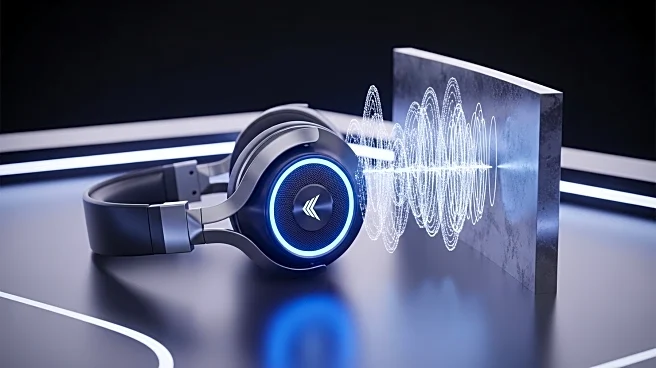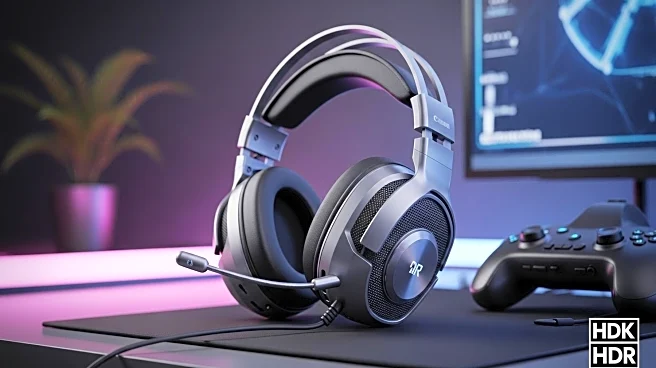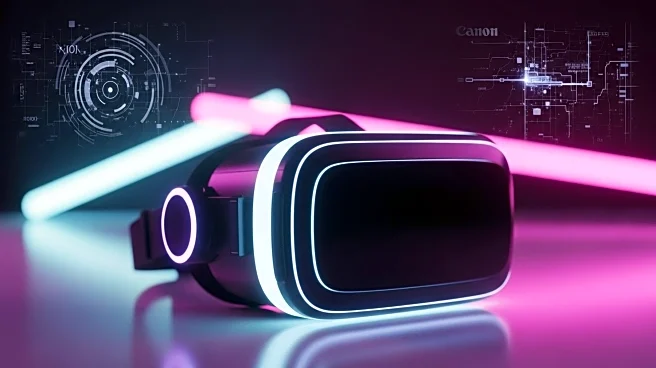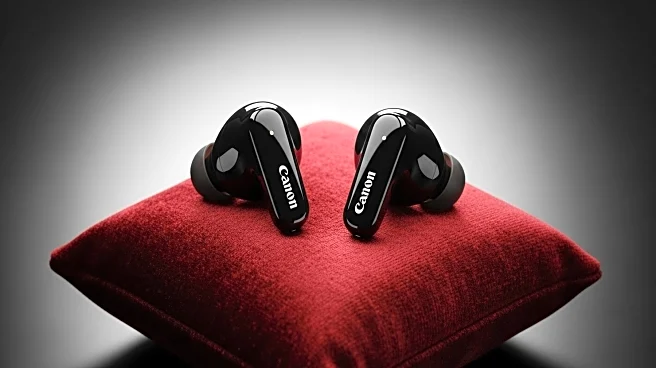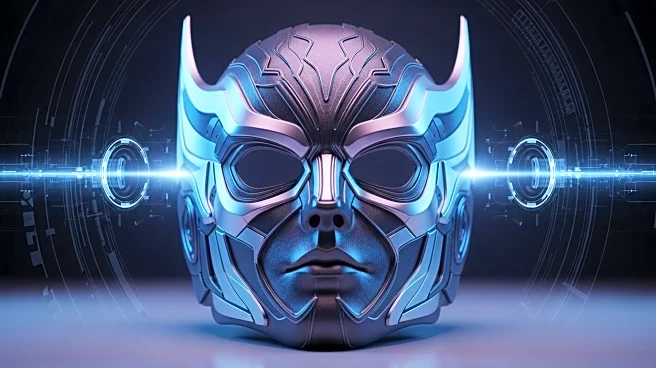What's Happening?
The latest trend in gaming headsets is the incorporation of active noise cancellation (ANC) technology, which aims to reduce unwanted ambient sounds. However, there is growing criticism regarding the effectiveness of ANC in gaming environments. The technology, which uses microphones and onboard processing to counteract external noise, is often less effective at blocking inconsistent sounds such as human voices or music. The article highlights the Audeze LCD-S20 Closed-Back headphones as an example of superior sound isolation through passive design, which blocks soundwaves without relying on electronic noise cancellation. This has sparked a call for gaming headset manufacturers to shift from ANC reliance to a design philosophy that prioritizes passive sound isolation.
Why It's Important?
The effectiveness of noise cancellation in gaming headsets is crucial for gamers who require immersive experiences without external distractions. The current reliance on ANC may not provide the best solution for all types of noise, potentially affecting user satisfaction and product performance. A shift towards passive sound isolation could enhance the gaming experience by providing better sound quality and isolation. This change could influence the design and marketing strategies of major gaming headset manufacturers, impacting consumer choices and industry standards.
What's Next?
Manufacturers may need to reconsider their design strategies, potentially leading to innovations in headset construction and materials. This could involve developing new earcup designs that offer better passive sound isolation. As the demand for high-quality gaming experiences grows, companies might invest in research and development to create headsets that effectively block out all types of noise. Consumer feedback and market trends will likely play a significant role in shaping future product offerings.
Beyond the Headlines
The debate over ANC versus passive sound isolation raises broader questions about technology reliance and consumer expectations. It highlights the need for a balance between technological advancements and practical design solutions. This discussion could lead to a reevaluation of how technology is integrated into consumer products, emphasizing functionality over novelty.
